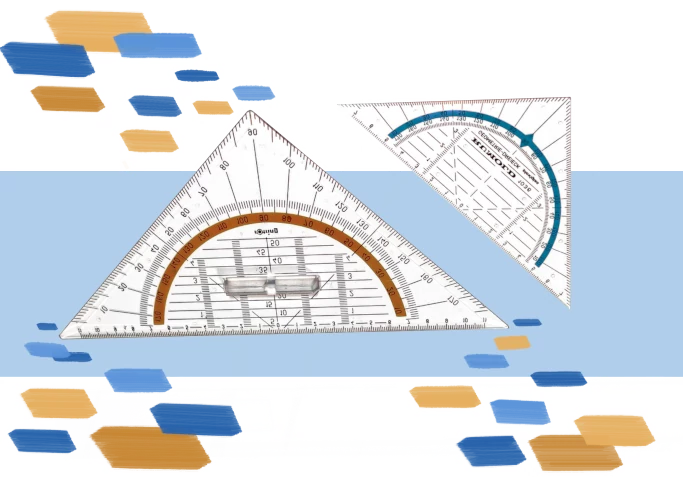What is triangulation in qualitative research?
Using triangulation for increased rigor of qualitative research.
For more best practices see our method overview

Definition of triangulation
Triangulation, in the context of qualitative research, refers to the use of multiple data sources, methods, investigators, and theories to corroborate findings, validate interpretations, and enhance the overall credibility of the research. The underlying principle is that by employing diverse approaches, you can compensate for the limitations and biases inherent in any single method, thereby increasing the reliability and trustworthiness of your findings.
Triangulation fosters a more holistic view of the research subject, which is particularly valuable in qualitative research where the aim is often to explore complex, multifaceted human experiences and social phenomena. It provides a way to cross-check data, offering a clearer understanding of the underlying issues.
Types of triangulation
There are four main types of triangulation. We have a dedicated page on each of them. The following providesa an overview with bullet lists describing the essence of each type of triangulation.
Data Triangulation
- Involves using multiple sources of data to investigate the same phenomenon.
- Examples include interviews, observations, documents, and artifacts.
- Helps in cross-verifying information and obtaining a more comprehensive understanding.
Method Triangulation
- Encompasses the use of various research methods or techniques to explore the same research question.
- Combining interviews with surveys, participant observation, or content analysis, for instance.
- Provides a more holistic view of the research problem.
Investigator Triangulation
- Involves having multiple researchers or investigators analyze and interpret the data independently.
- Reduces the impact of individual biases and subjectivities.
- Enhances the credibility of the study by ensuring consensus among researchers.
Theory Triangulation
- Utilizes multiple theoretical perspectives to analyze the same set of data.
- Helps in examining the phenomenon from different conceptual frameworks.
- Strengthens the theoretical robustness of the research.
Benefits of triangulation
Increased credibility
Triangulation enhances the credibility of qualitative research by providing converging evidence from different sources or methods.Multiple perspectives contribute to a more thorough understanding of the phenomenon under investigation.
Enhanced validity
By using multiple forms of triangulation, you can validate your findings through the corroboration of information from diverse sources.This strengthens the validity of interpretations and conclusions drawn from the data.
Deeper insight
Triangulation allows you to explore the research question from various angles, leading to a more nuanced and comprehensive understanding of the phenomenon.This depth of insight is particularly valuable in capturing the complexity inherent in qualitative research.
Minimized bias
Investigator triangulation minimizes the impact of individual biases by involving multiple researchers in the data analysis process.This ensures a more objective and reliable interpretation of the data.
Challenges of triangulation
While triangulation offers numerous benefits, it is essential for you to be aware of potential challenges and address them proactively.
You should carefully consider how to integrate diverse findings into a coherent and meaningful interpretation.
You should plan strategically to optimize available resources and still achieve the desired level of triangulation.
Deviations in procedures may compromise the comparability of findings.
Thorough analysis and careful consideration of each data source's contribution are crucial.
Integration of findings
Synthesizing information from multiple sources or methods can be complex.You should carefully consider how to integrate diverse findings into a coherent and meaningful interpretation.
Resource constraints
Conducting triangulation may require additional resources, both in terms of time and funding.You should plan strategically to optimize available resources and still achieve the desired level of triangulation.
Consistency across methods
Ensure consistency in data collection and analysis processes across different methods.Deviations in procedures may compromise the comparability of findings.
Potential for overinterpretation
You must guard against the temptation to overinterpret findings based on the sheer volume of data.Thorough analysis and careful consideration of each data source's contribution are crucial.
Conclusion on triangulation in qualitative research
Triangulation stands as a cornerstone in the pursuit of rigor and validity in qualitative research. By embracing diverse data sources, methods, investigators, and theoretical frameworks, you can enhance the credibility and robustness of their findings. Triangulation not only addresses the inherent limitations and biases of individual methods but also provides a more comprehensive understanding of the researched phenomenon.
As qualitative research continues to evolve, you should view triangulation as a dynamic and flexible tool that can be tailored to the specific needs of each study. By incorporating thoughtful strategies and considering potential challenges, you can navigate the complexities of triangulation and elevate the quality of your qualitative research endeavors. Ultimately, the power of triangulation lies in its ability to uncover richer insights, contribute to the advancement of knowledge, and foster greater confidence in the findings of qualitative research.
As qualitative research continues to evolve, you should view triangulation as a dynamic and flexible tool that can be tailored to the specific needs of each study. By incorporating thoughtful strategies and considering potential challenges, you can navigate the complexities of triangulation and elevate the quality of your qualitative research endeavors. Ultimately, the power of triangulation lies in its ability to uncover richer insights, contribute to the advancement of knowledge, and foster greater confidence in the findings of qualitative research.
We use cookies for a number of purposes, including analytics and performance, functionality and advertising. Learn more about QDAcity use of cookies.
Analytics:Performance:Functional: